12 Ways to Tell If an Antique Painting Has Real Value
When it comes to antique paintings, spotting a valuable piece can be tricky. The art world is filled with works that may look similar, but their value can vary greatly. Knowing what to look for can make all the difference when determining whether a painting is worth investing in. Key factors, such as the artist’s reputation, condition, and provenance, play a significant role in determining its value. While some may rely on gut feeling, others turn to more detailed assessments to identify high-value works. In this article, we will discuss the main signs of a valuable antique painting and how to spot them. Whether you’re a seasoned collector or just starting, understanding these signs can help you make smarter decisions.
This post may contain affiliate links, which helps keep this content free. Please read our disclosure for more info.
Condition of the Painting
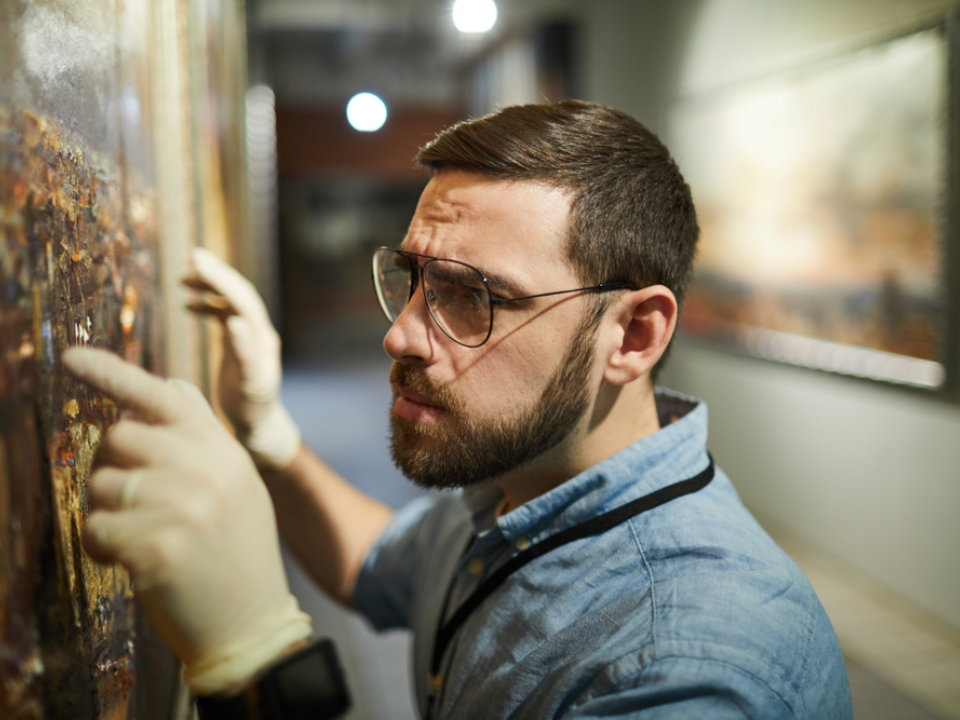
The condition of a painting is one of the most important factors in determining its value. A painting in excellent condition will always command a higher price than one that is damaged, no matter how famous the artist is. Paintings that are well-preserved without cracks, fading, or significant surface damage are more desirable and worth more.
When assessing the condition of a painting, look for signs of wear, discoloration, or repairs. If a painting has been over-cleaned or restored poorly, it can detract from its value. Paintings with original surfaces that show little restoration work are highly valued, as they retain their authenticity.
Signature and Artist’s Mark
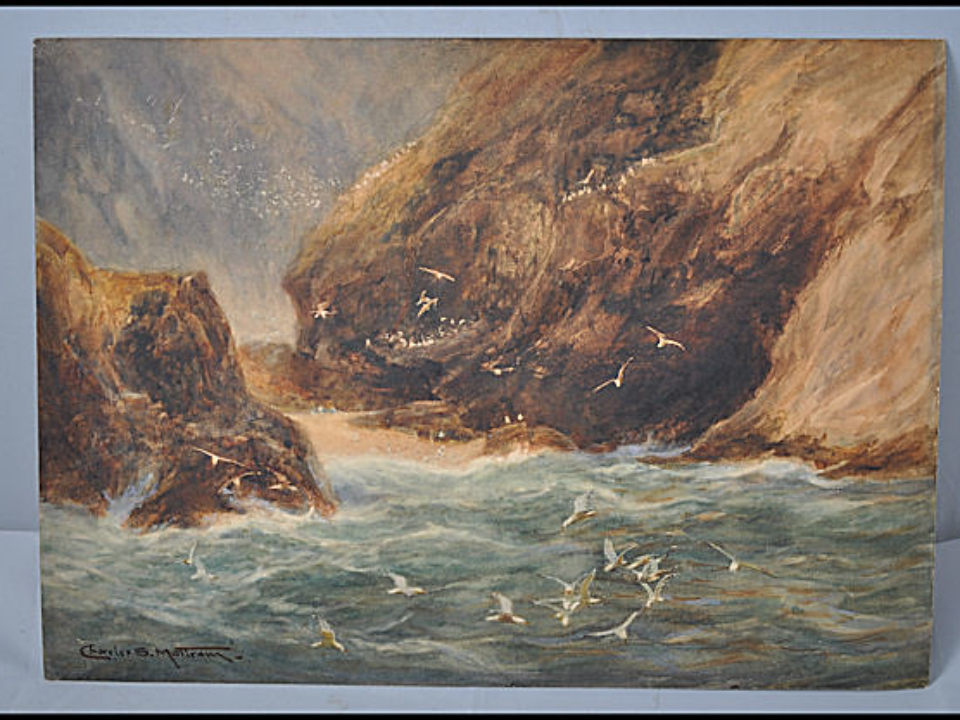
The signature or mark of an artist can play a key role in determining the value of a painting. Many famous artists sign their works, making the signature a crucial element of authenticity. Sometimes, the artist’s mark or style, which is unique to them, is enough to confirm the painting’s origins.
Look for clear, legible signatures or distinctive stylistic features that are consistent with the artist’s known works. If the signature is hard to read or appears to be added after the painting was created, it may reduce the value. Knowing the style and manner of signature typical for the artist can help in this process.
Rarity
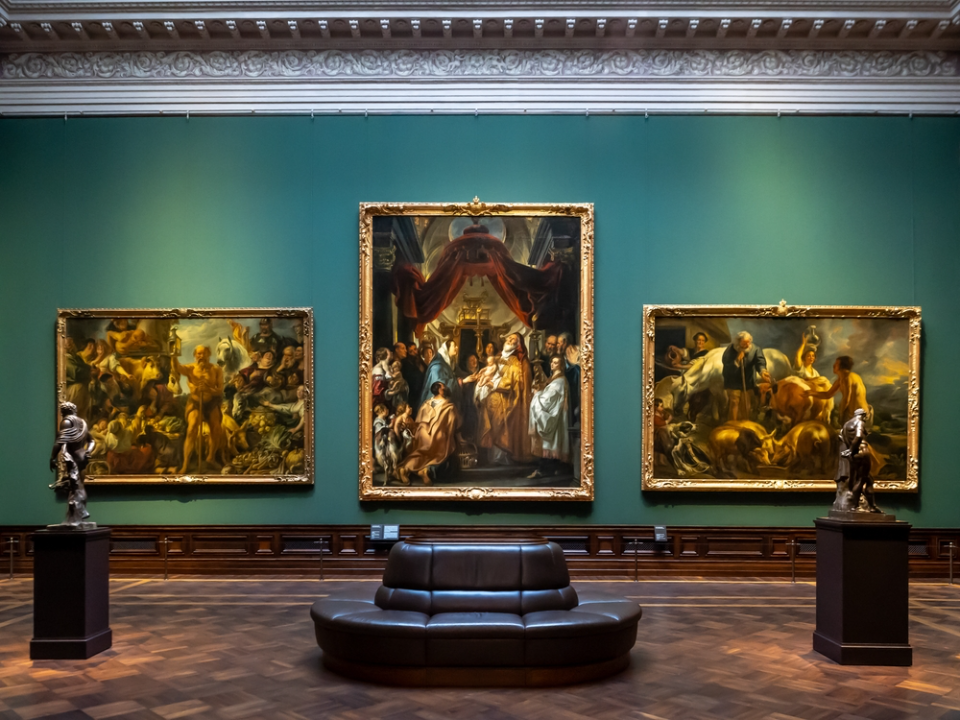
Rarity can significantly impact the value of a painting. Unique works by renowned artists or those from limited series are often worth more due to their scarcity. Paintings that are the last known works of an artist, or that represent a rare period in their career, tend to be more valuable than others.
To spot a valuable piece based on rarity, consider the artist’s production habits. For instance, artists who created only a limited number of works, or who went through significant periods of creative evolution, make these works more collectible. A piece that is unique, whether due to size, subject matter, or medium, is always in higher demand.
Style and Period
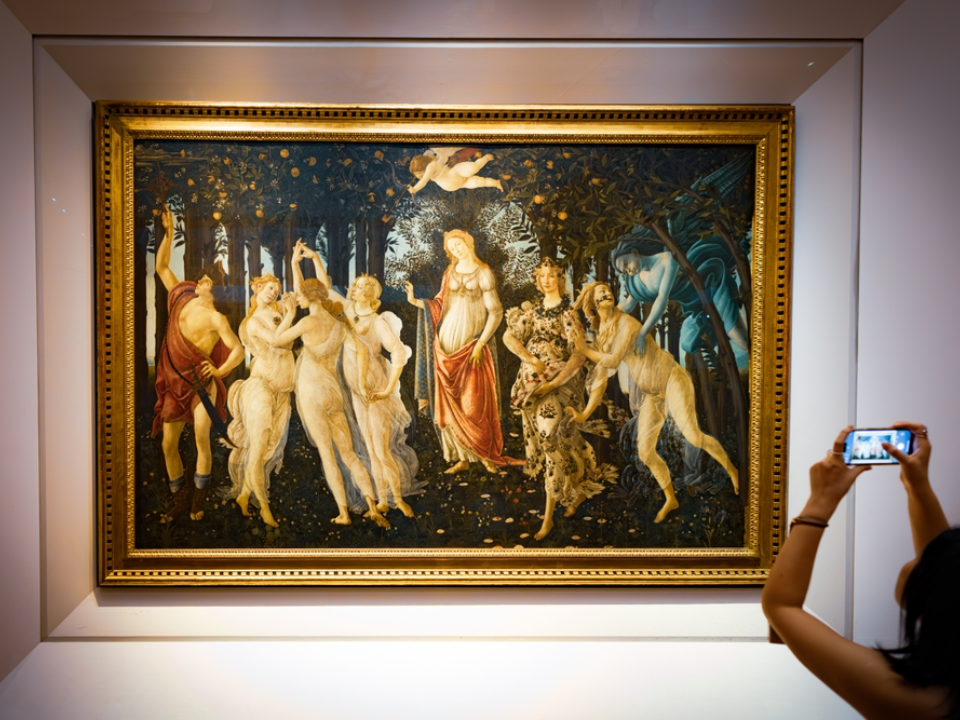
The style and period of a painting can influence its market value. Certain artistic movements or periods, such as the Renaissance or Impressionism, are highly sought after by collectors. A painting that belongs to a recognized period or style will often have a higher value than one that is out of favor.
Identifying the painting’s style is key to understanding its worth. Examine the techniques, color palettes, and subject matter that align with a particular period or artistic movement. Paintings that are masterpieces from prominent movements, or represent milestones in art history, are often regarded as valuable due to their cultural significance.
Size of the Painting

Larger paintings tend to be more valuable than smaller ones, especially if they were created by well-known artists. This is because larger works are often more labor-intensive and require more skill and resources. However, the size of a painting should not overshadow other factors like condition or provenance.
When evaluating size, keep in mind that large paintings are more challenging to restore or maintain. However, their sheer size can make them impressive and desirable for certain collectors. If the painting is exceptionally large and the subject matter suits its scale, it could command a higher price.
Subject Matter
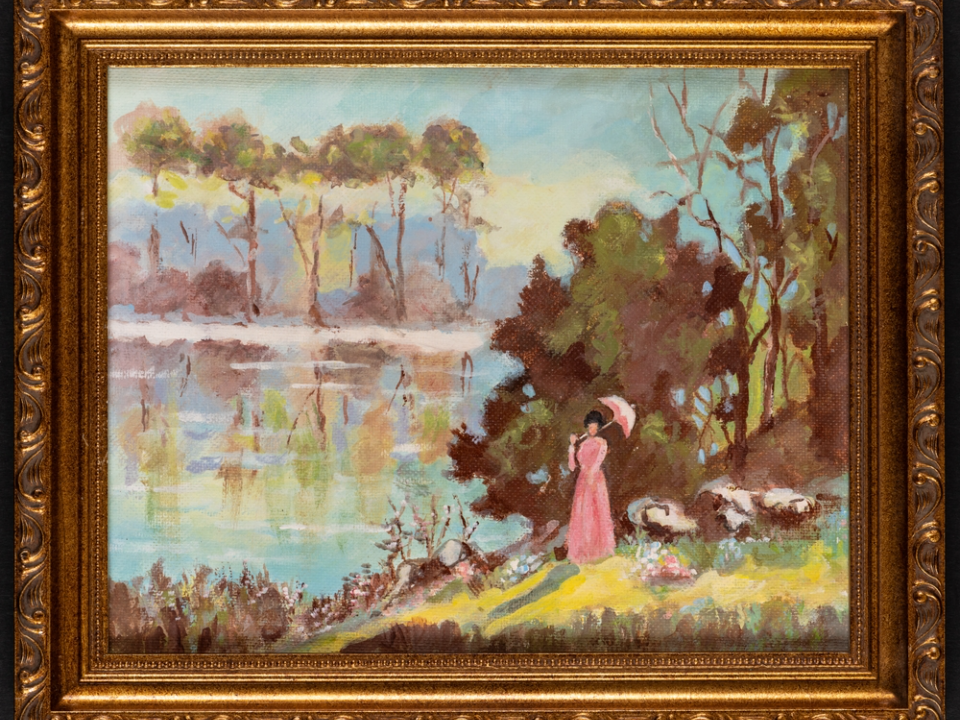
The subject matter of a painting can greatly influence its appeal and value. Paintings depicting historical events, famous personalities, or rare themes are typically more valuable. The emotional or cultural resonance of the subject often adds to the painting’s importance.
To assess a painting’s value based on its subject, think about the relevance of what it portrays. For instance, a painting that captures an important moment in history or a rare cultural practice will likely attract more collectors. Iconic subjects, such as landscapes by renowned artists, often fetch high prices.
Age of the Painting
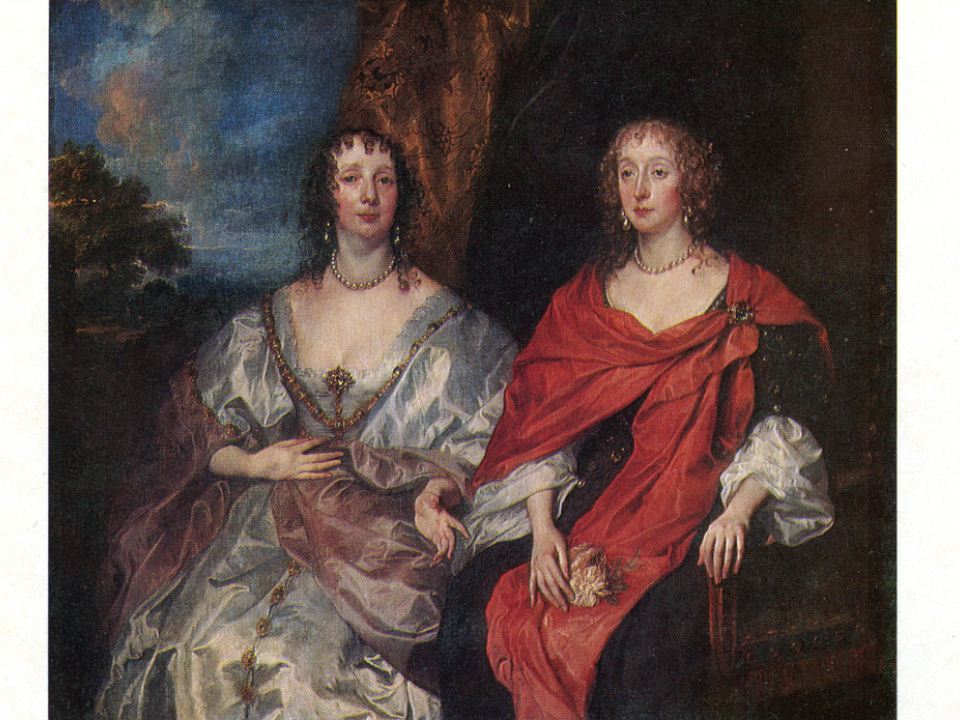
Age can be a strong indicator of a painting’s value, especially when it comes to works from historical periods or ancient civilizations. Paintings that are centuries old, if well-preserved, tend to hold significant value. However, it is the combination of age with other factors, like condition and provenance, that determines ultimate worth.
To assess a painting’s age, consider the materials used, such as the type of canvas or the presence of aged pigments. Authentic works from the Renaissance or similar periods often carry great value due to their rarity and historical importance. The older the painting, the more its historical context can increase its appeal.
Artistic Technique and Materials
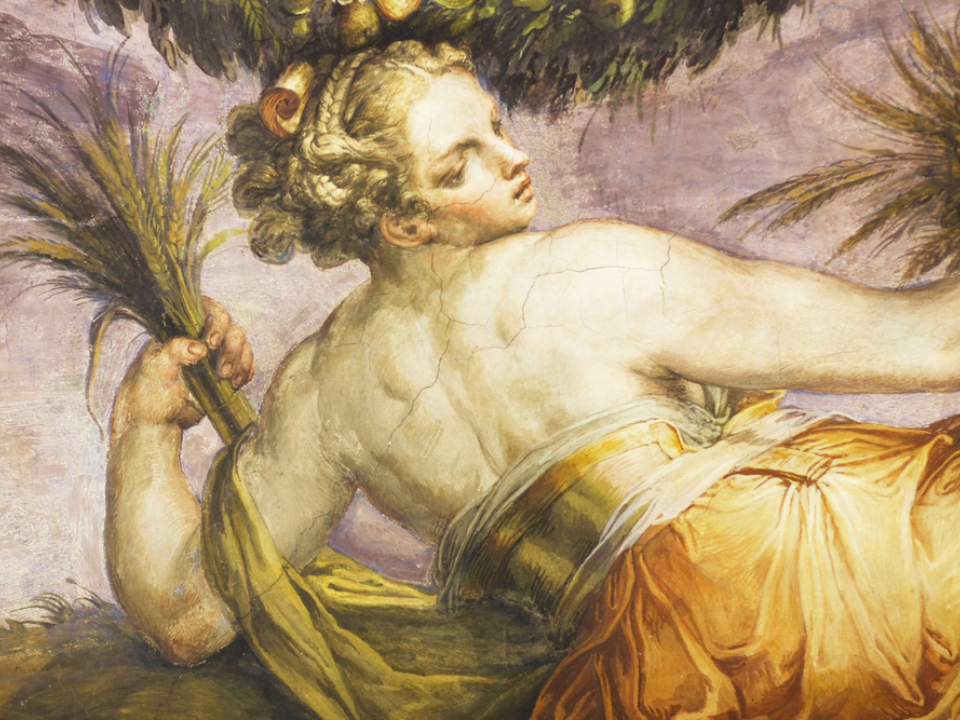
The technique and materials used in a painting are also key indicators of its value. Artists who employ meticulous or rare methods, such as fresco or egg tempera, often see their works valued higher. Similarly, the use of premium materials, like high-quality oil paints or precious metals, can increase a painting’s worth.
To determine the value of a painting based on its technique, look at the brushwork, texture, and overall craftsmanship. Recognizing the materials used can help, too. Paintings made with rare or expensive materials, or those executed with complex techniques, often fetch higher prices.
Condition of the Frame

The frame of a painting can add to its value, especially if it is original or historically appropriate. Antique frames, particularly those made from fine materials or crafted by renowned artisans, often increase the painting’s worth. The condition of the frame is equally important, as it should be intact and free from significant damage.
To evaluate the frame’s impact on value, check for originality and craftsmanship. An elaborate, antique frame can elevate a painting’s status, while a poorly-maintained or generic frame may reduce its appeal. Look for signs of craftsmanship that align with the period or artist’s style to better assess its worth.
Artist Reputation
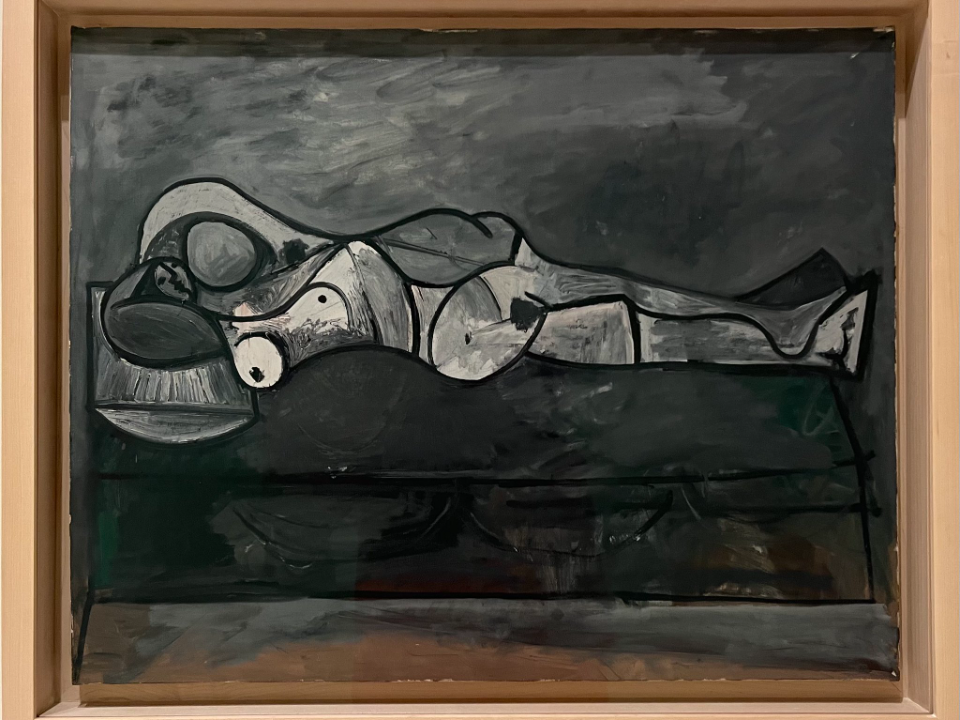
The reputation of the artist plays a critical role in the value of their works. Paintings by renowned artists like Picasso, Rembrandt, or Van Gogh will generally command higher prices than those by lesser-known artists. However, emerging artists with growing recognition can also see their works appreciate in value.
To assess an artist’s reputation, consider their impact on the art world and the demand for their work. If the artist is still active or has gained posthumous fame, their works will typically fetch higher prices. Look for certificates of authenticity or gallery listings to help establish the artist’s credentials.
Auction House Records

Auction records provide valuable insight into the market demand for a particular artist or type of painting. Paintings that have sold at prestigious auction houses for high prices are typically considered more valuable. Auction records are a clear indicator of how much collectors are willing to pay for a specific painting.
By researching auction sales, you can get an idea of how similar works are valued. Auctions that feature famous artists or rare pieces often drive up prices due to competitive bidding. It is also important to check the auction house’s reputation and the painting’s provenance to verify its authenticity.
Exhibition History
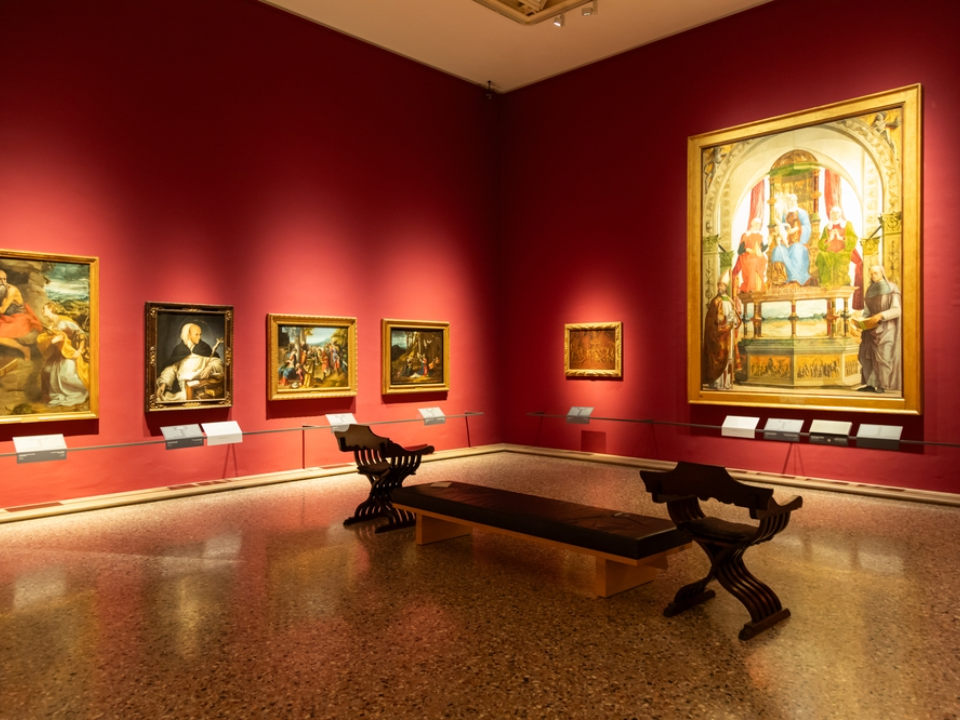
A painting’s exhibition history is a crucial factor in determining its value. Works that have been shown in prestigious galleries or museums are often more desirable to collectors. Exhibiting at renowned venues signals that the painting has artistic merit and is worth investing in.
Check for exhibition records, which often come with certificates or catalogues. The more prominent the exhibition, the more the painting is likely to fetch on the market. Exhibitions can prove the significance of a painting in the broader art world.
This article originally appeared on Avocadu.
